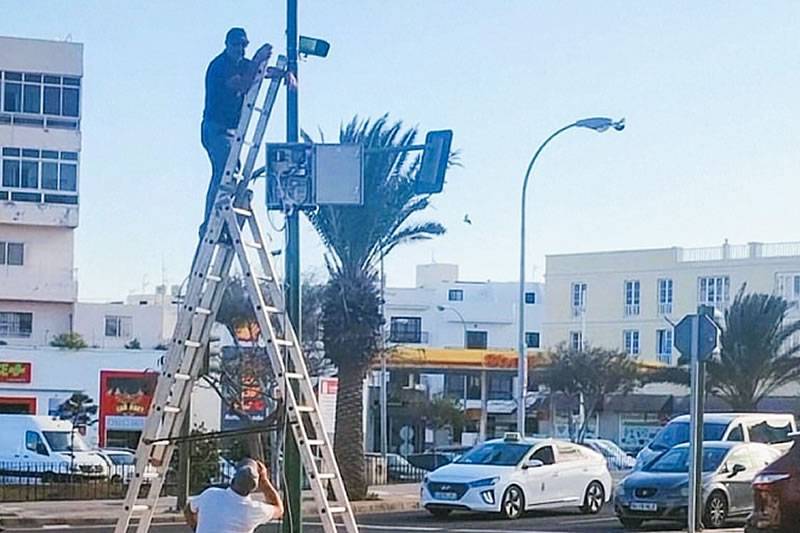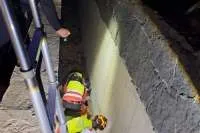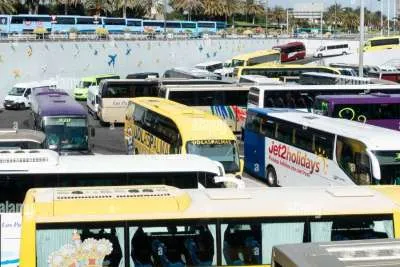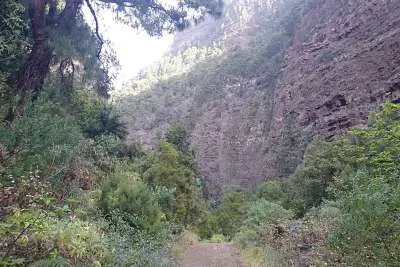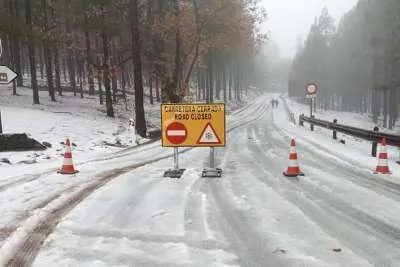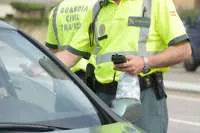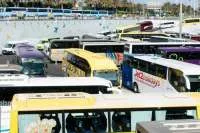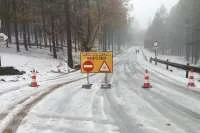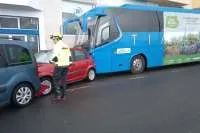Lanzarote introduces advanced camera system to catch red traffic light offenders
- 03-04-2025
- Lanzarote
- Canarian Weekly
- Photo Credit: La Voz de Lanzarote
The Arrecife Council has taken a major step toward improving road safety with the installation of a new high-tech system aimed at detecting and penalising drivers who go through red lights.
The foto-rojo system, which employs radar-style cameras operating 24 hours a day, is the first of its kind in Lanzarote and represents a significant advancement in local traffic enforcement.
When a vehicle crosses a junction against a red light, the system immediately captures the violation and forwards the information directly to Spain’s Traffic Directorate (DGT). Offenders will then face a fine and the loss of four points from their driving licence.
The initiative, backed by Arrecife’s mayor, Yonathan de León, is nearing full implementation. The solar-powered cameras are being installed at key intersections across the city, with a particular focus on areas with high pedestrian traffic, including crossings near schools. The goal is to deter reckless driving and reduce the number of traffic accidents caused by speeding and ignoring traffic signals.
Local police have reported that a significant number of serious road accidents within urban areas are linked to red-light violations. The Vía Medular, one of Lanzarote’s busiest roads, has recently seen several such incidents, including vehicle rollovers.
The foto-rojo system combines several types of advanced technology. Infrared sensors and colour cameras are positioned 25 metres from traffic light stop lines to ensure full coverage of crossings, day and night. The system is only triggered when the traffic light is red, meaning no data is recorded during green or amber phases.
Only vehicles with number plates, i.e. cars, vans, buses, lorries, and motorcycles, are subject to monitoring and potential penalties. Pedestrians and cyclists are not tracked by the system, although Local Police and mobility agents may carry out checks in specific areas when necessary.
The project forms part of Arrecife’s wider strategy to modernise urban mobility infrastructure and increase traffic safety through digital transformation. Authorities hope the new system will act as a powerful deterrent and ultimately reduce accident rates in the city.
Other articles that may interest you...
Trending
Most Read Articles

Featured Videos
A Vision of Elvis Tenerife Promo
- 10-05-2025
TEAs 2025 Highlights
- 17-11-2025


